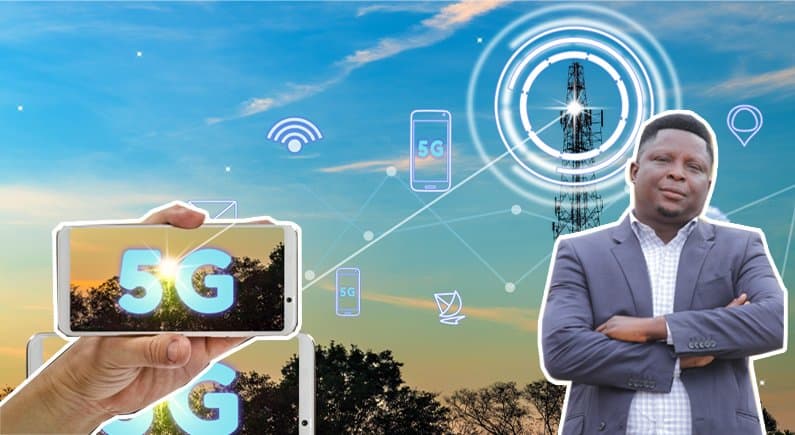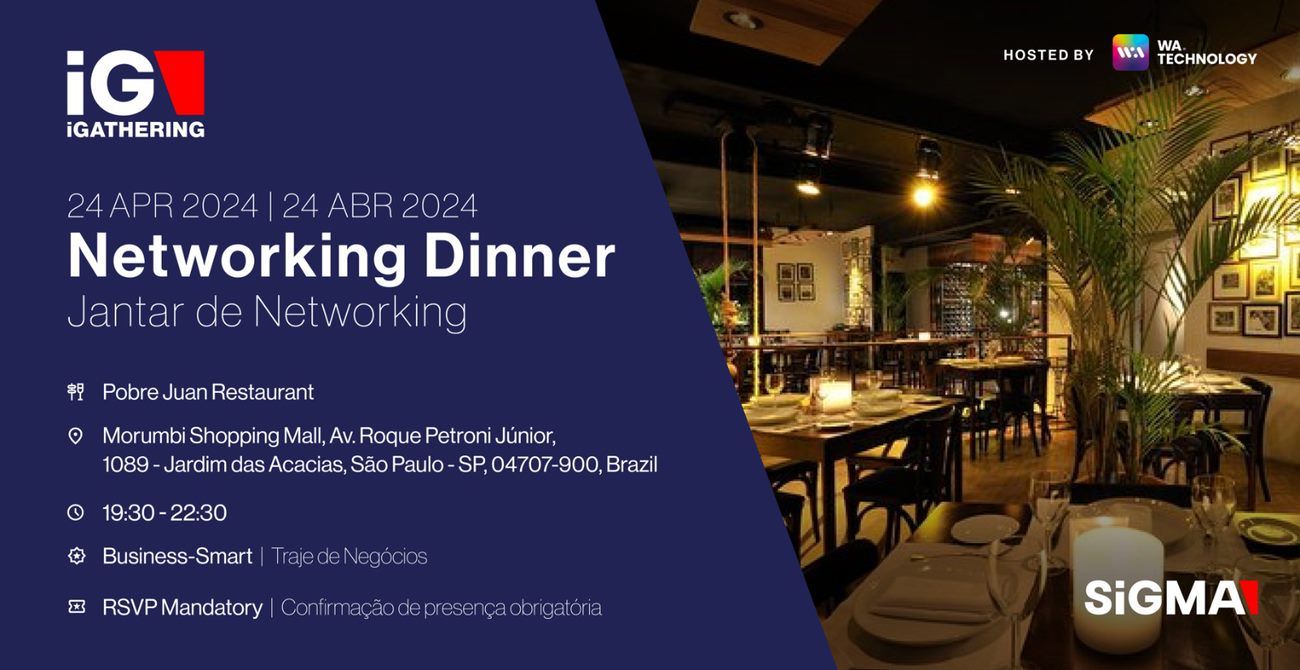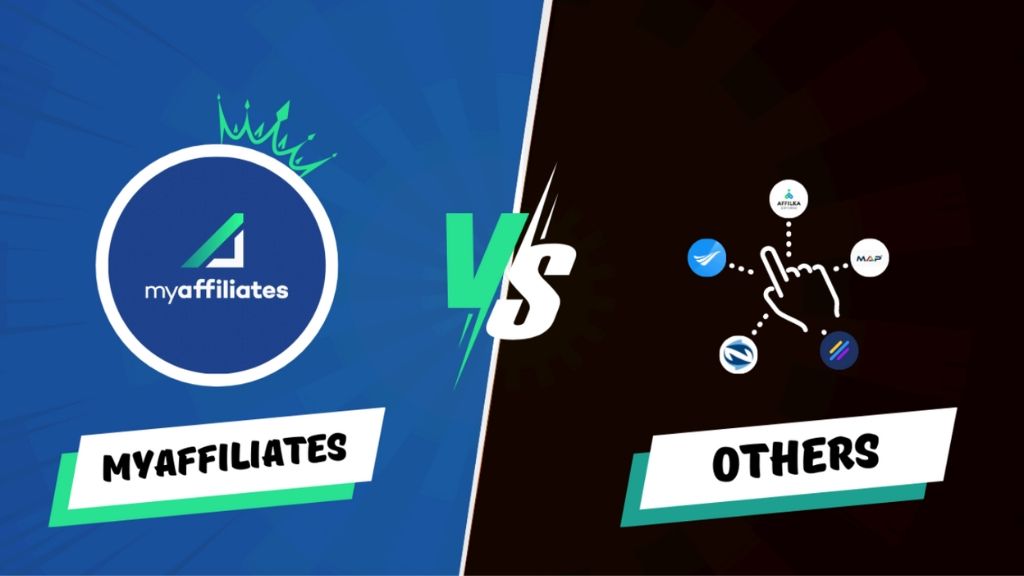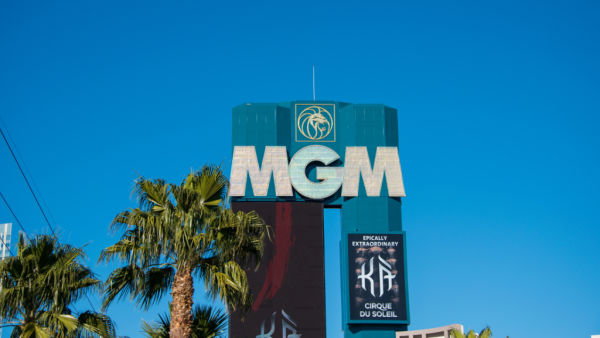Article by John Bamidele, founder of gbc.ng, a leading digital news portal on gaming in Africa. Well versed and experienced in African gaming, John has been a journalist for two decades working in print and electronic media, writing on Sport, Marketing, Marketing Communication, Tourism and Politics
5G is the 5th generation mobile network. It is a new global wireless standard after 1G, 2G, 3G and 4G networks. 5G enables a new kind of network that is designed to connect virtually everyone and everything together including machines, objects and devices. 5G will enable instantaneous connectivity to billions of devices, the Internet of Things (IoT) and wireless technology meant to deliver higher multi peak data speeds, more reliability, massive network capacity, increased availability and a more uniform user experience to more users.
Previous Generation mobile networks and the 5G
- First Generation – 1G : delivered analog voice (1980s)
- Second Generation – 2G : Introduced digital voice ( Early 1990s) e.g. CDMA(code division multiple access).
- Third Generation – 3G : brought mobile data (Early 2000s) e.g. CDMA2000
- Fourth Generation – 4G LTE: ushered in the new era of mobile broadband. (2010s)
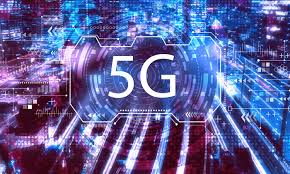 1G, 2G, 3G and 4G all led to 5G, which is designed to provide more connectivity than was ever available before. 5G is a unified, more capable air interface. It has been designed with an extended capacity to enable more next-generation user experience. For businesses 5G and IoT will provide a wealth of data allowing them to gain insights into their operations like never before. Businesses will operate and make key decisions driven by data, innovation in agriculture, smart farms and manufacturing, paving the way for cost savings, better customer experience and long term growth.New and emerging technologies such as virtual and augmented reality will be accessible by everyone. Virtual Reality provides connected experiences that were not possible before. With 5G and VR you will be able to travel to your favorite city, watch a movie with the feeling of being at the place or even inspect real estate and walk through a new home all from the comfort of your couch.5G gives carriers more options in terms of airwaves than 4G did. Most notably, it opens up “high band” short range airwaves that didn’t work with 4G technology. But 5G can run on any frequency leading to three different kinds of 5G experiences – low, middle and high. The key thing to understand here, 5G speeds are directly related to how wide the available channels are, and how many are available.
1G, 2G, 3G and 4G all led to 5G, which is designed to provide more connectivity than was ever available before. 5G is a unified, more capable air interface. It has been designed with an extended capacity to enable more next-generation user experience. For businesses 5G and IoT will provide a wealth of data allowing them to gain insights into their operations like never before. Businesses will operate and make key decisions driven by data, innovation in agriculture, smart farms and manufacturing, paving the way for cost savings, better customer experience and long term growth.New and emerging technologies such as virtual and augmented reality will be accessible by everyone. Virtual Reality provides connected experiences that were not possible before. With 5G and VR you will be able to travel to your favorite city, watch a movie with the feeling of being at the place or even inspect real estate and walk through a new home all from the comfort of your couch.5G gives carriers more options in terms of airwaves than 4G did. Most notably, it opens up “high band” short range airwaves that didn’t work with 4G technology. But 5G can run on any frequency leading to three different kinds of 5G experiences – low, middle and high. The key thing to understand here, 5G speeds are directly related to how wide the available channels are, and how many are available.
Classification of different 5G experience
Low – band 5G operates in frequency below 2GHz. These are the oldest cellular and TV frequencies. They go great distances but there aren’t wide channels available and many of those channels are being used for 4G. So low-band 5G is slow. It acts and feels like 4G for now. Low-band 5G channels are from 5MHz in width (for AT&T) up to 15MHz (for T-Mobile).
Mid – band 5G is in the 2-10GHz range. That covers most cellular and wi-fi frequencies as well as frequencies above slightly those. These networks have decent range from their towers, often about half a mile, so in most countries these are the workhorse carrying most 5G traffic.
High – band 5G or millimeter wave is in the range of 20 – 100GHz. These airwaves haven’t been much used for consumer’s application. They’re very short range but there’s vast amount of unused spectrum, which means very fast speed using up to 800MHz at a time.
Is 5G safe
A lot of conspiracy theories have blamed 5G for everything from cancer to coronavirus, but they tend to fall apart at the slightest tap of actual facts. Low – band and mid – band 5G are based on radio frequencies that have been used for decades. Low – band 5G uses UHF TV bands, which have been in use since 1952. Sprint’s mid – band has been in use at least since 2007; parts of it were first used in 1963.
The greatest 5G worries in the US tend to be around high – band, or millimeter – wave, 5G. This is the short – range type that requires a lot of small sites, so the infrastructure is more visible than it was before. The ironic thing about worrying that millimeter – wave will fry cells isn’t that it’s too strong, but its too weak – it’s blocked by leaves, walls, glass, cars, clothing and skin.
Power levels are extremely important. Bluetooth and microwave ovens run on the same frequency. Because millimeter – wave signals are technically called microwave, some people are convinced they are literal microwave ovens that will fry us. Studies of millimeter – wave have shown that it doesn’t penetrate human skin well and that its strongest effect, at levels of power higher than any 5G network uses, is that it makes things slightly warmer. At the level 5G use, there’s no perceptible effect on people.
The SiGMA Roadshow:
The SiGMA Roadshow is stepping up its game; now virtual, the webinar will take on a new jurisdiction every month, targeting a global agenda of gritty conference topics and a small, yet buzzing expo floor. Hosted on an interactive platform, the 2 hours mini conference will delve into 5 key areas of debate, bringing key themes specific to the region – such as regulation, tax and compliance, and emerging tech, to a table of thought leaders and academics at the top of their game. The SiGMA Virtual Roadshow will reflect SiGMA’s global events opening in 5 major regions over the next few years, specifically Europe, the CIS region, Asia, the Americas, and Africa. The monthly event, which launches with a worldwide tour of 14 countries, starts off with the recently legislated Ukraine, and will be published via podcast. REGISTER HERE.
